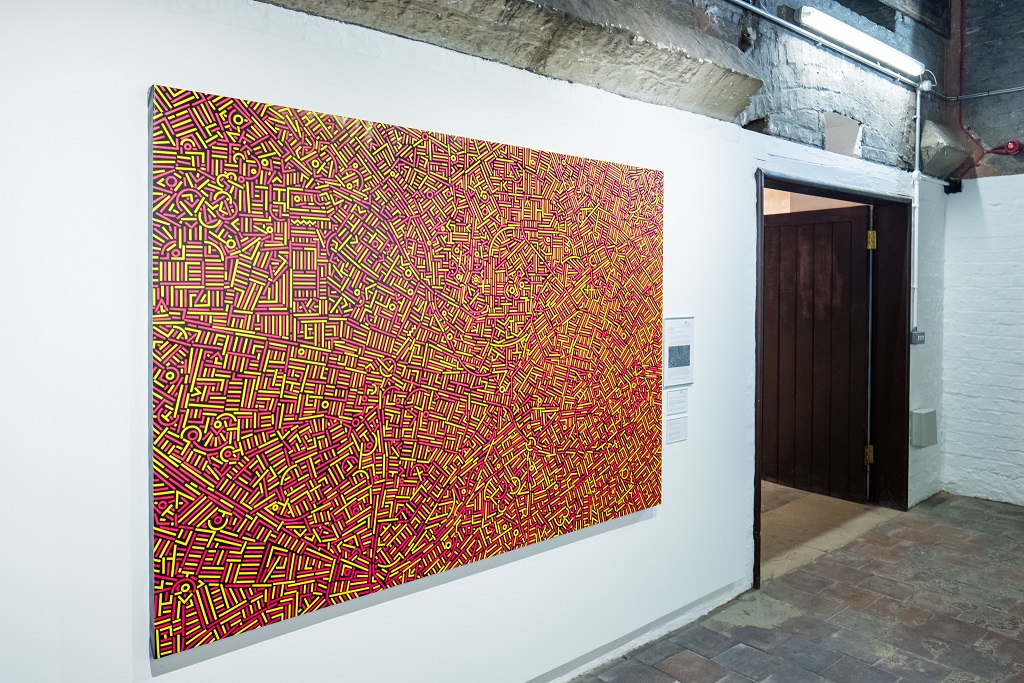
Socially Engaged Photographer in Residence – what will I be doing?
During my residency I will be working with groups of young people in Salford to provide access to the collection. As part of this process, we will be thinking critically about why University of Salford Art Collection exists and what is its purpose?
We will ask questions, starting with:
· How are the collections are used, managed and cared for?
· Who they are for?
· What stories can they tell?
· How can we think differently about the collections?
And
· Why are we collecting these items anyway?
· Whose voice will we hear?
· And who is left silent?
· Which history will be told?
A member of one of the groups I have been working told me ‘I’m not interested in art but would be if it made sense to me – the way its presented is like a barrier and I don’t know about art.’ What can we do to get rid of, or reduce these barriers for our audiences? Where do they come from? How are they created? I will speak more about the inspiring and insightful groups I am working with in my next post.
Over the past couple of months, I have been busy researching the collection and helping with the art store move. It has been such a treat to get to spend time getting to know the collections and to have special time to think about the work. Now that we have moved into the new art store, physical access to the collection is greatly improved and as the digitisation project develops, the collections will become much more accessible digitally as well.

One thing we have been discussing as a team is how different versions of artworks can really change how you view them. What we have found interesting is that one way of looking doesn’t necessarily give more meaning than another. We might have one experience of seeing an artwork in real life, and a different experience viewing a high-resolution professional image of the same artwork – sometimes these images can show us details about the work that we just can’t see with the naked eye. So I will be thinking about this as I share the artworks with the groups I am working with, and I will make sure we can explore both ways of looking.
The next stage of my research is to think about how the art collection might resonate with the people we want to share it with.
As I have been getting to know groups in Salford, a local Youth Worker, Martyn Shaw told me that according to an independent poll, the top three issues for Young People in Salford are domestic abuse, child poverty and covid-19. In Manchester the top issues are University fees and environmental issues. How can an art collection help in addressing issues like these?

Taking these questions in to consideration, while I have been researching the art collection I have taken ‘environment’ as a theme. I found myself very drawn to artworks involving water, but I am thinking about this theme broadly, is in terms of the physical environments in which we inhabit, the way they make us feel, and how we can make them work better for us, society and the planet.

The artworks that have really inspired me so far are In Limbo, by Mandy Payne, Forget Mermaids, by Sarah Hardacre, Homage to the Rain, by Antony Barkworth-Knight and City DNA Salford/Manchester, by Lu Xinjian.
I’ll share more about how we will be sharing these and other artworks with the brilliant groups of young people I am working with, next time.
